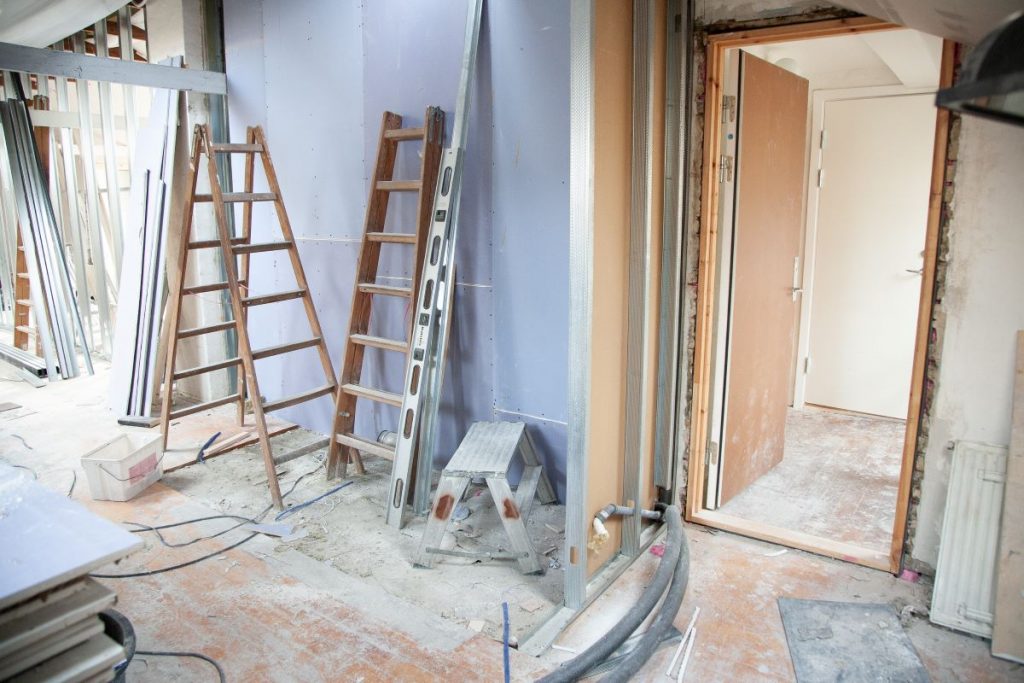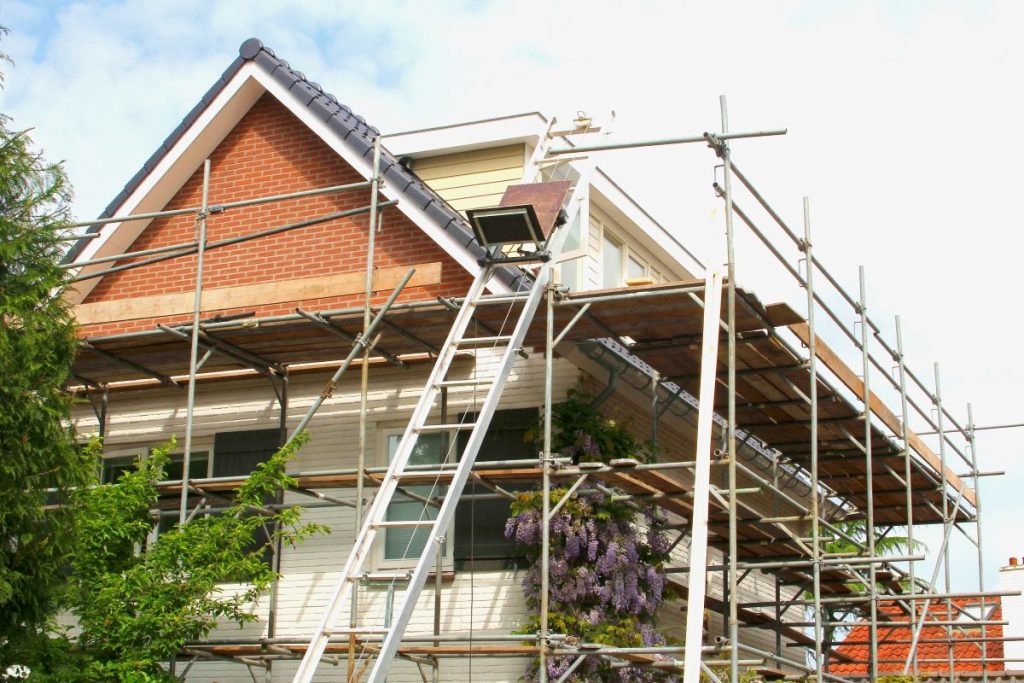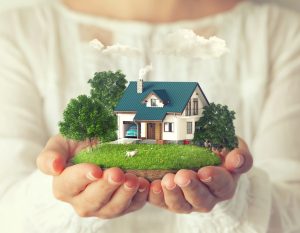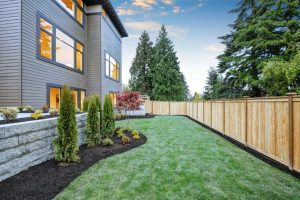As the COVID-19 pandemic continues, it’s no surprise that home improvement has become a priority to many homeowners. Many Americans continue to work and learn from home, making it important to have the necessary space to make these activities easier. Homeowners are also becoming more environmentally conscious, with eco-friendly construction and home improvement on the rise.
If you’d like to join the movement, here are some ways to make your next home improvement project more eco-friendly:
Paint with VOC-Free Paint
VOC, or Volatile Organic Compounds, are chemicals that contain carbon and vaporize at room temperature. VOC paints are usually responsible for the smell that comes from a new paint job. Aside from that, they are harmful to the environment as well as your health.
Consider using water-based, low-VOC, or VOC-free paint made from natural ingredients like beeswax, plant dyes, chalk, etc. You’ll breathe easier and you won’t have to deal with the new paint smell.
Install a Low-Flow Toilet
A study made by the Water Research Foundation found that 24% of an average household’s daily water use goes to flushing toilets. Regular toilets usually use up to 7 gallons of water per flush, so you can imagine how much water you waste every day. Consider using a low-flow toilet that helps you reduce your water consumption by only using up to 1.6 gallons of water per flush.
If you already have a low-flow toilet and want to further reduce your water consumption, you can install a dual-flush instead. Dual-flush toilets use one button for liquid waste and another for solid waste.
Use Energy-Efficient Appliances
If your appliances are due for replacing, then make the shift and use energy-efficient models that can save help you lower your energy bills while saving the environment. If you’re not sure about which brands to get, do some research before you buy and be on the lookout for Energy Star-approved appliances.
Go with LED or Natural Light
Natural light is the best light, so unless you have a windowless room, use mirrors and other reflective pieces to help scatter light around a room. For night use, consider using light-emitting diode (LED) lights. LED lights use less energy and are more sustainable compared to incandescent lights.
Coat Your Floor
Renovating your garage and don’t want to replace your cracked concrete with tiles? Concrete coatings are an easier and more eco-friendly alternative that can make the room you’re renovating look as good as new.
Use Formaldehyde-Free Furniture
Formaldehyde is a chemical normally found in paints and resins that are used in wood products. Even in minimal doses, chemical formaldehyde can be harmful to your health due to the gasses it emits. Prolonged exposure to this carcinogen and neurotoxin can cause irritation and burning sensations in the eyes, nose, and throat.
Try to look for furniture that has minimal formaldehyde or, if possible, none at all. The best way you can ensure that your furniture is formaldehyde-free is by having it custom-made using formaldehyde-free materials.
Upcycle Your Furniture
If your furniture is still in good shape, avoid adding to the growing landfill waste around the world and just use the furniture you already have. Otherwise, you can consider going to garage sales or used furniture stores to get any furniture you might need.
Install Eco-Friendly Windows
You want to make sure that you don’t have any draft entering your home if you want an eco-friendly home. Consider sustainably harvested wooden frames or fiberglass frames to prevent the draft from getting in. You can also use bio-glass windows, which are made from recycled glass from landfills.

Take Advantage of a Smart Thermostat
Take advantage of technology by investing in a smart thermostat. You can adjust the thermostat from your smartphone or tablet, set a schedule on when to heat up or cool your home, and some devices even have the ability to adjust the temperature when you’re not at home.
Get Rid of Garden Pumps
Plants can help cool down your home and provide cleaner air. However, if you use the wrong watering method, you’ll lose the benefits that your plants give. Instead of a garden pump, use a drip irrigation system, which allows you to efficiently water your plants directly at the roots. It provides enough water at the right time, improving the rate at which your plant grows.
At first glance, eco-friendly home renovation might look difficult. But if you follow these tips, do your research, and keep an eye on the renovation process, you’ll limit your carbon footprint, save money, and have a new and improved space for you and your family.





